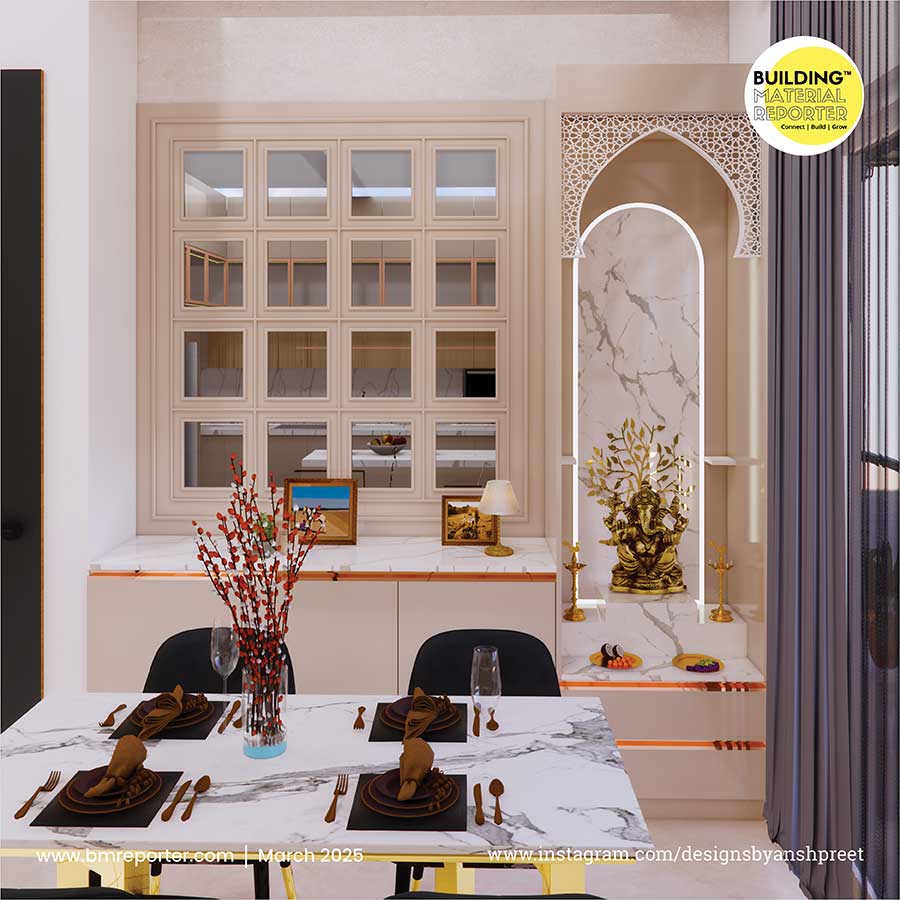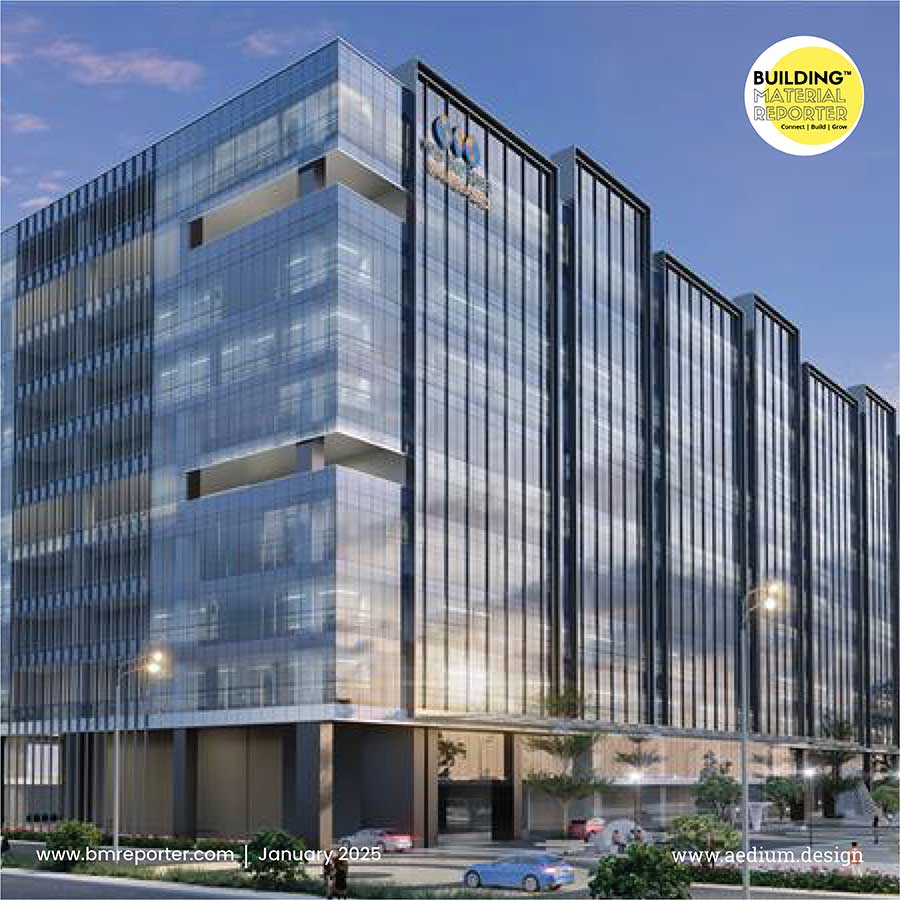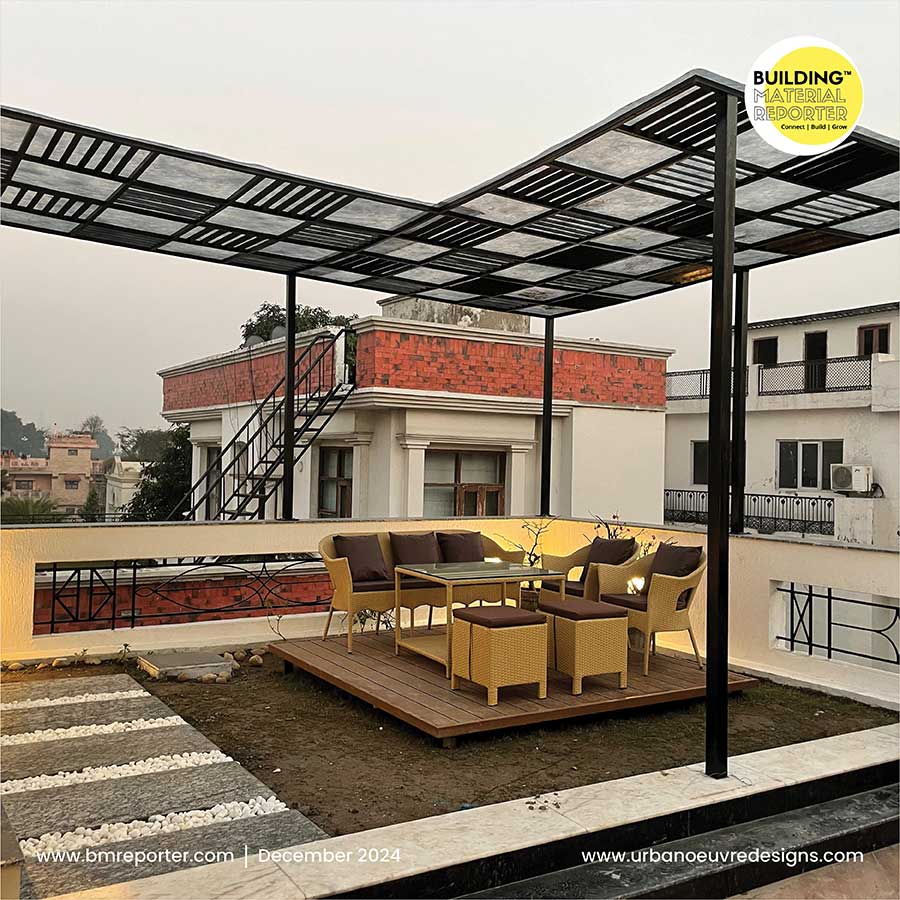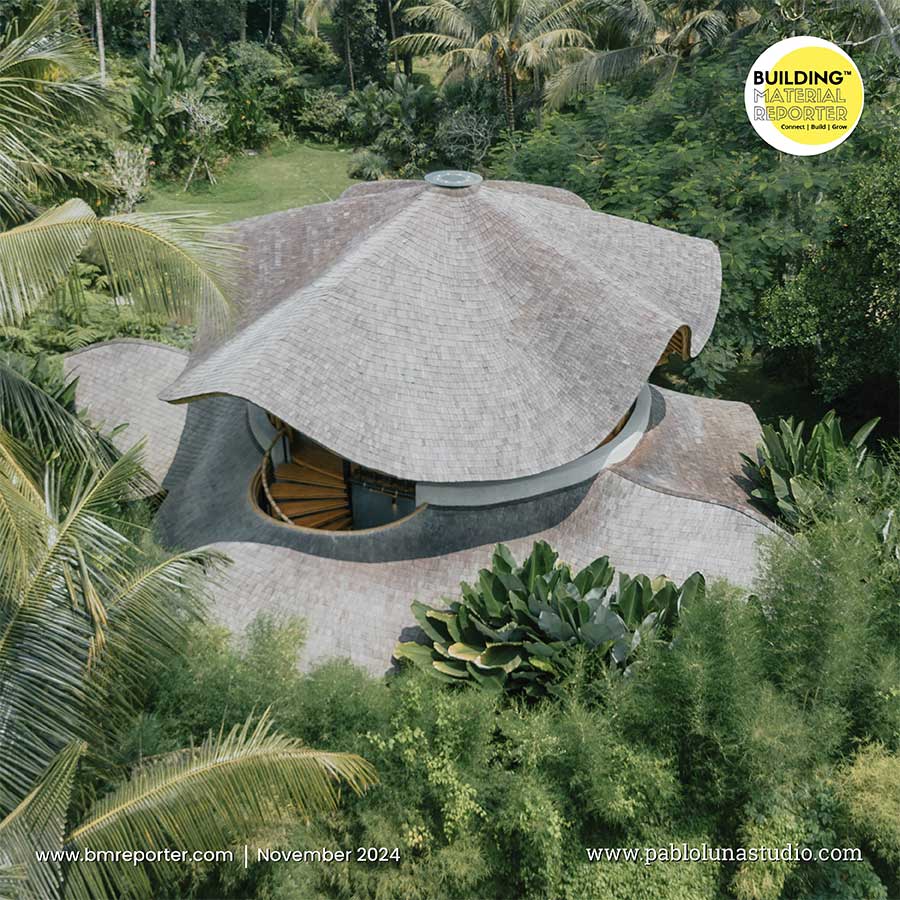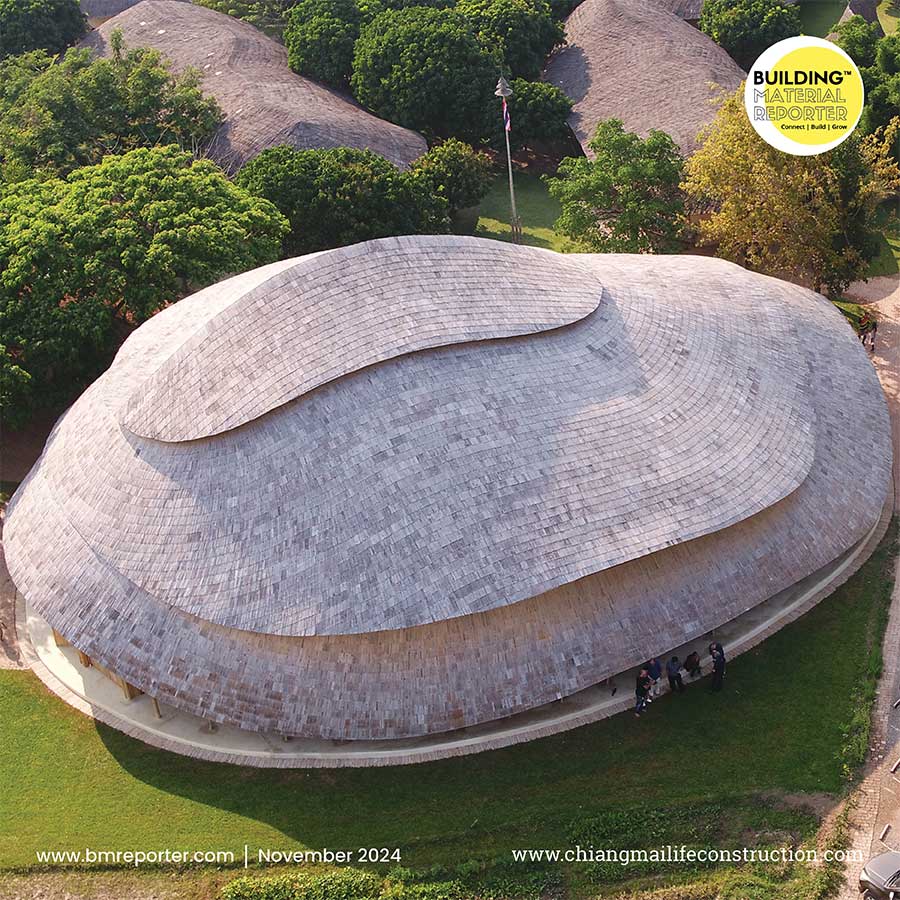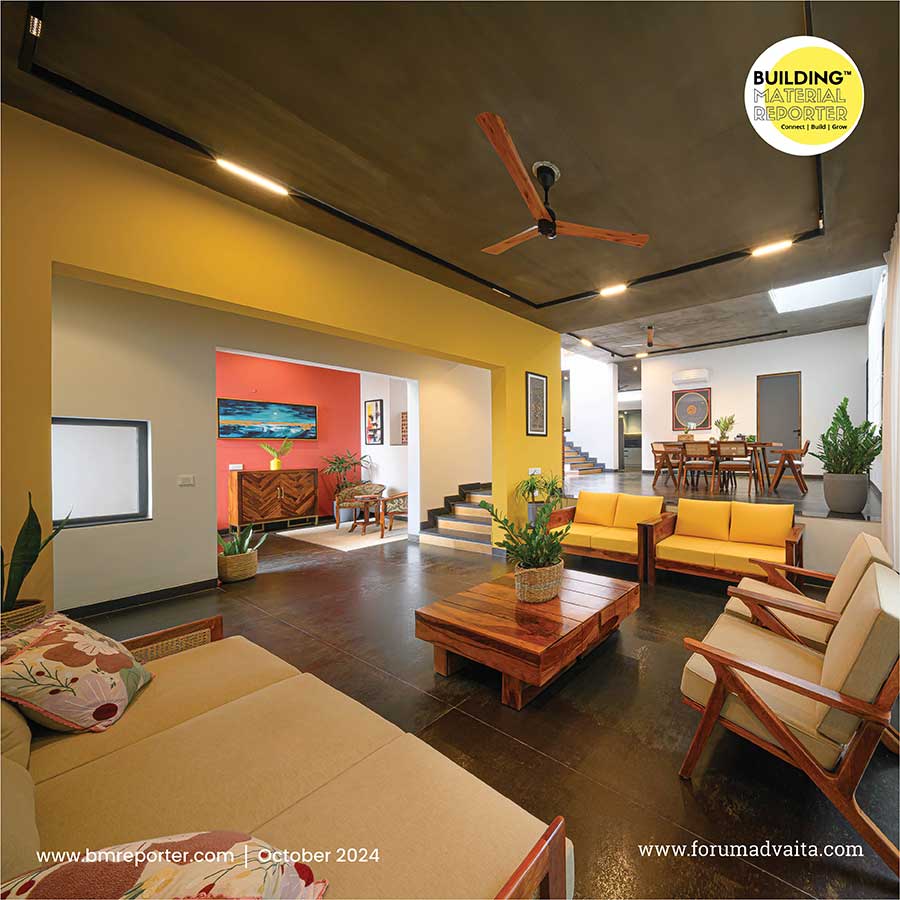Vinu Daniel’s Stunning Mud and Brick Creations
- July 8, 2023
- By: Priyanshi Shah
- SUCCESS STORIES
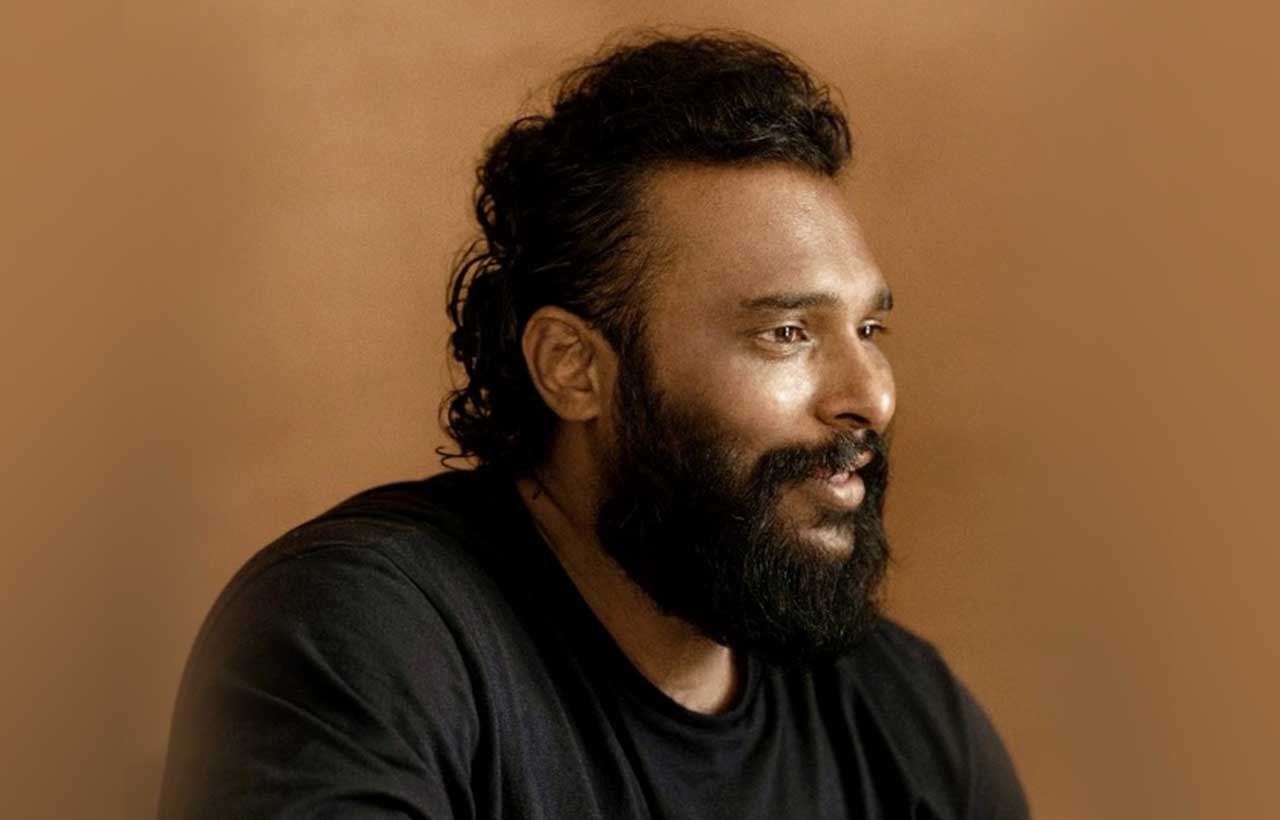 Vinu Daniel the founder of the award-winning architecture practice Wallmakers in Trivandrum-- creates poetic constructions out of mud and brick. BUILDING MATERIAL REPORTER enables the exchange of design processes, academic methods, ideas, and entities in the context of architecture and design. Ar. Priyanshi Shah spoke with him recently and the latter discussed how he builds with waste materials, the influence of British architect Laurie Baker who worked in Kerala, and how he conserves ecology instead of disrupting it.
Vinu Daniel the founder of the award-winning architecture practice Wallmakers in Trivandrum-- creates poetic constructions out of mud and brick. BUILDING MATERIAL REPORTER enables the exchange of design processes, academic methods, ideas, and entities in the context of architecture and design. Ar. Priyanshi Shah spoke with him recently and the latter discussed how he builds with waste materials, the influence of British architect Laurie Baker who worked in Kerala, and how he conserves ecology instead of disrupting it.
Can you tell us about your early training and how it influenced your ideas about architecture today?
Born and raised in the Middle East, I always aspired to become a musician. However, my parents wanted me to pursue a conventional profession. So, after passing out of school in Abu Dhabi, I moved back home to Kerala, to study architecture at the College of Engineering, Trivandrum.
I got into architecture thinking that it was a creative space, where I could express myself. I had no idea what was in store for me. Within a year or two, I was angered by the pedagogical framework within which conventional architecture was taught. Adjusting to it was difficult, and I felt that architecture had become all about satisfying one’s ego.
How did your intuition and way of thinking got shaped by cultural values and inspirational work?
A chance meeting with legendary architect Laurie Baker in my fourth year of college played a critical role in making me fall in love with architecture. Baker explained how buildings could completely coexist with nature. He also told me something very profound about a chance meeting he had with Mahatma Gandhi.
"It was also through the influence of Mahatma Gandhi that I learnt that the real people you should be building for, and who are in need, are the ‘ordinary’ people—those living in villages and the congested areas of our cities. One of the things he (Gandhi) said has influenced my thinking —that the ideal house in the ideal village will be built using material that is found within a five-mile radius of the home."
Considering the urban growth and formation of the concrete jungle, you explore with mud and waste as the primary materials, what are the challenges that make your structure unique and speak of its timelessness?
Each project is inherently different and we approach the design without any preconceived ideas. The design is derived from many factors, including the site, its users, context, culture, and environmental factors. The challenge lies in how well we incorporate these elements into the design and makes it happen.
Each project is a unique response to the challenges and opportunities that a site offers and the most sustainable material available in its vicinity. All this contributes to how unique each project is, but what makes it timeless in a way, would be the user experience; how each person, perceives the space and what it invokes in them.
To anyone working in the industry the materials, the form or other building aspects might stand out, but to its users and everyone else, it’s about what the space speaks to them. And, by users, I am not just referring to the “owners” of a site, but to the 100s of ecosystems that it houses.
What are your sentiments for young designers on the conflict of why should one build?
Why one should build, is perhaps a subjective question. There are people like us at Wallmakers who build out of passion and curiosity; passion to create evocative spaces and curiosity to find better ways to build. Building something is a big opportunity and a bigger responsibility.
We should understand primarily, that the act of building is one of a butcher. But an intelligent butcher can save more lives than a saint. It gives you the chance to create a change, to build intelligently. It's also a big opportunity to expand our knowledge and refine our skills. Why one should build is not a question that you come up with an answer for, rather the answer seeks you and drives you build.
Can you explain your design process which results in expressive architectural language through the example of your latest project CHUZHI?
All of our designs are essentially rooted in exploration. Exploring the site, context, geography and this is what allows the design to be a story by itself. Taking the example of Chuzhi, the design blurs the lines between what’s built and what isn't, by seamlessly merging with its topography. While we consider all aspects that bring comfort to the users, building without disturbing its natural ecosystem is also one of our priorities. This design process helps us achieve something unique to the site, with its architectural language.
What are the future endeavours which can make “WALLMAKERS” a unique and sustainable practice of today's time?
We are always excited to take on new challenges and opportunities. We are always looking to push the envelope on what’s generally set as limitations for sustainable materials. Through our work we aim to convey a great deal of things, not limited to design, but including sustainability, understanding vernacular techniques while experimenting and making more innovative technologies, and more, which, in time, we believe would maybe inspire a few others in the same direction.


